PHILADELPHIA — It is just about 7:30 on a Thursday evening. Near Independence Hall, the cars ahead of me stop at a red light. As the traffic signal turns green and the vehicles start moving forward, a gang of young men on dirt bikes and motorcyclists tears through the red light and straight into the direction of the intersection of oncoming vehicles. Some of them encircle the cars trapped in the intersection. Some simply do wheelies. It lasts less than a minute.
It feels like hours. Nothing about the moment screams stability, security or safety.
But that wasn’t the worst thing that could have happened on that day in Philadelphia.
That same morning, a 45-year-old woman was shot in the head while walking with a friend in West Philadelphia in the 700 block of South 60th Street in the Cobbs Creek neighborhood. When officers arrived, they found a woman lying on the front steps of a home, bleeding heavily from her head.
In the Kensington neighborhood that night, a teenage boy was killed — shot by what appeared to be an army. Officers on the scene collected over 100 pieces of ballistic evidence from a rifle and two handguns. Neighbors cowered in their homes as a bombardment of bullets discharged across Pelthorpe Street during the terrifying gun battle that played out along their tiny street. The violence that night was evident from the daylight shining through the bullet holes in car windows and the police markings of 118 pieces of ballistic evidence they collected at the scene. Police said the 17-year-old victim was the target.
His death brought the number of children under 18 shot in Philadelphia to just shy of 200 — the highest number of minors shot in the city in decades.
These incidents barely touch the surface of what happened that day last week, let alone the entire weekend. One man sitting in his car shot at police several times as they were driving down the 3300 block of North 10th Street, and there were two separate incidents of people being shot at exiting Interstate 95 while heading into Philadelphia.
Two weeks ago, Meredith Elizalde leaped out of the car she was sitting in waiting for her son’s football practice to end and ran toward gunshots. When she reached them, she found her 14-year-old son Nicolas bleeding out from a gunshot wound to the chest — an innocent victim in the crossfire of five gunmen, who also wounded four other teenagers near his Roxborough High School football practice.
Elizalde, a city teacher, has not heard from the mayor or the school district since her son was shot and killed on Sept. 29.
The man who was identified as a person of interest in the case, 16-year-old Dayron Burney-Thorne, had three priors, including resisting arrest and possessing a gun illegally.
Four days earlier, at approximately 8:15 p.m. a mob of teenagers entered the Roosevelt Boulevard Wawa and began looting and ransacking the business. They knocked over shelves, threw items and stole whatever seemed worth taking. When they fled, they took the time to jump and dance on several parked vehicles before eventually fleeing the area.
While the local press opined “Philly kids ransacking Wawa was ‘a scene from the apocalypse,'” that anyone finds this a normal condition in society or one to shrug off tells you just how off we are in this country to think this is nothing to get unnerved about.
As of Oct. 9, Philadelphia police statistics show, 416 people had been slain in homicides this year — 3% higher than the same date last year. Last year ended with a record 562 homicides. The stats for 2020, the year defunding the police became a rallying cry here and across the nation, had set a record as well.
The number of homicides in Philadelphia has nearly doubled since 2015, when police reported 212 homicides. Today, Philadelphia is the worst it has been in decades.
Whether I was in Center City, Cobbs Creek, Kensington Montgomery or Bucks counties, there was a real sense of anxiety, anguish and dread coming from residents, frustrated by the people in power in the city. They were also frustrated with the Biden administration, which to them seems not focused on the problem at all.
As one mother in Center City pointed out, President Joe Biden was in Philadelphia one month ago and never once mentioned the violence ripping her city apart. “Which is funny,” she said, “because he said he was giving a speech on the battle for the soul of the nation. Has he looked around at the soul of this city?”
Not once in Biden’s 3,000-word speech did he say the word “crime” or “homicide” or “gangs.” He did, however, identify what he said “was happening in our country today that is not normal” — MAGA Republicans, who he said “represent an extremism that threatens the very foundations of our republic” and are “a threat to this country.”
Biden added that Republicans “do not believe in the rule of law.”
I suspect there are plenty of people in Kensington, Cobbs Creek, Montco and Center City who see plenty of folks who do not respect the rule of law every time they walk out the door. Everyone told me that the dirt bike incident is a common one. Such incidents leave everyone’s nerves on edge. This dark and edgy new normal has robbed the city of its former vibrancy.
A new Morning Consult-Politico poll released late last week shows over three-quarters of voters said violent crime is a major problem in the United States, with only 17% of respondents calling crime a minor problem and only 2% saying it was not a problem at all.
It is a sentiment that, until the last few weeks, few strategists understood was a concern for voters in this state and across the country. It began in the summer of the George Floyd protests, when property destruction was ignored and the rallying cry of “Defund the Police” virtually became part of the Democratic Party platform.
All across the state of Pennsylvania, crime is surging — it’s not just Philadelphia — and the Democrats have been impotent in dealing with it in a way that satisfies those affected. It is not just poor black people in Philly or Pittsburgh; it is middle-class black and white people in the bedroom communities on the city’s edges. It is in the suburbs. It is everywhere.
The city of Pittsburgh looks worse today than it did in the 1980s, when unemployment hit 19% and everyone left for other cities for jobs. The streets are dirty, half of the corridors smell like urine, overdose deaths are at a record high and addicts lurk on the main thoroughfares, looking for their next score, while a new homeless camp pops up every week.
Police officers in both of Pennsylvania’s major cities will tell you that everything changed in 2020. It is clear to them the genie is having a hard time getting back in the bottle. These concerns will reemerge as paramount when voters cast their ballots next month.
Salena Zito is a CNN political analyst and a staff reporter and columnist for the Washington Examiner. She reaches the Everyman and Everywoman through shoe-leather journalism, traveling from Main Street to the beltway and all places in between. To find out more about Salena and read her past columns, please visit the Creators Syndicate webpage at www.creators.com.



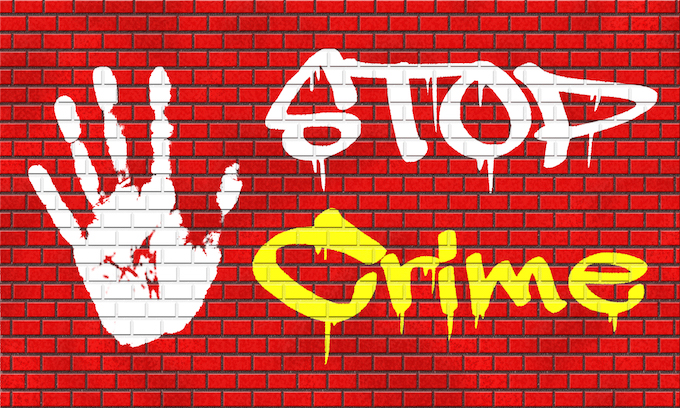
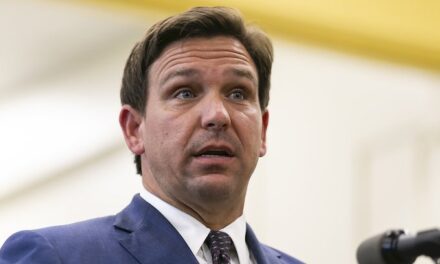
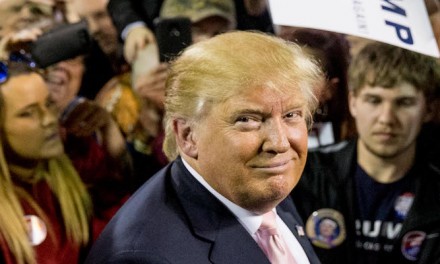
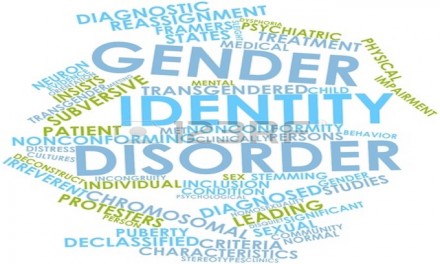
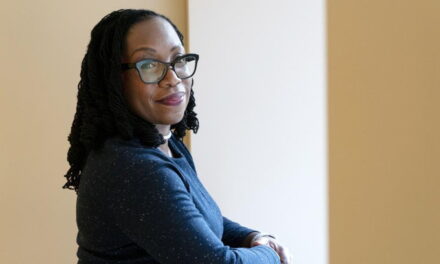






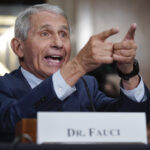


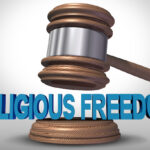

To Democrats – their truth is just a matter of their opinions.
This treasonous, dishonest, destructive, immoral, demonic, socialist Democrat Party and their Democrat RINOs revolves around and its philosophy is based on Total Control, Hate, Lies, Cons, Deceptions, Immorality and the lack of Integrity, Ethics or Honor.
This Democrat Party has illegally opened our borders for invasion, has destroyed our country’s energy independence, has destroyed our economy, has allowed all crime to flourish and blame the Republican party for their own destructive policies.
To the Democrats and their disciples, Gender, Truth, Facts, Reality and History are all irrelevant, if the Democrats do not WANT to believe them or they disagree with them. Democrats will just make up their own, Gender, Truth, Facts, Reality and History to fit what they WANT to believe or fits into the Con or Deception that they are running at the time.
Scruffy_USN_Retired “…To the Democrats and their disciples, Gender, Truth, Facts, Reality and History are all irrelevant
” YOU WILL OBEY! Comrade.”!
You get the gov you deserve. Vote Republican or suffer the consequences.
Unfortunately, WE ALL Suffer, when THEY decide to vote dem..
Only if they vote for Fetterman.